

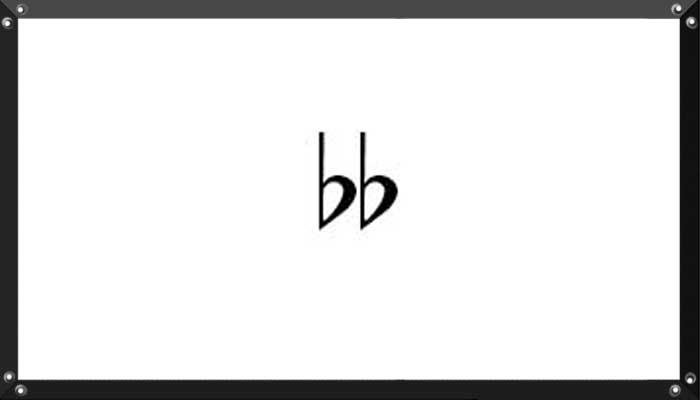
Lowers the pitch of a note by two chromatic semitones. Usually used when the note to modify is already flatted by the key signature.
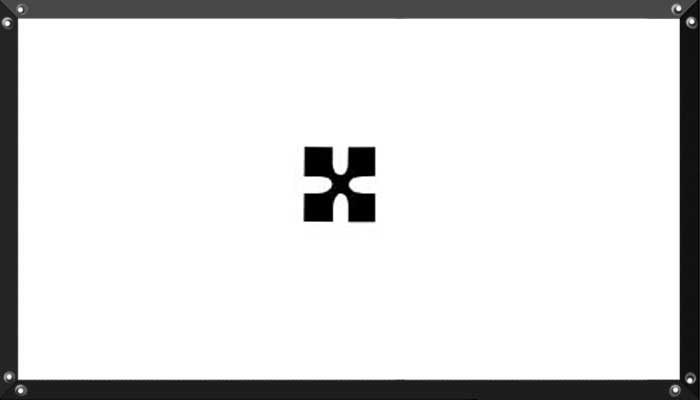
Raises the pitch of a note by two chromatic semitones. Usually used when the note to modify is already sharpened by the key signature.
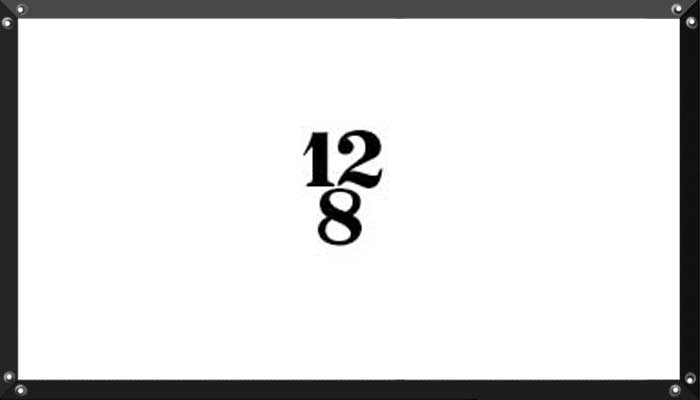
The bottom number represents the note value of the basic pulse of the music (in this case the 4 represents the crotchet or quarter-note). The top number indicates how many of these note values appear in each measure. This example announces that each measure is the equivalent length of three crotchets (quarter-notes). For example, 3/4 is pronounced as "three-four time" or "three-quarter time".
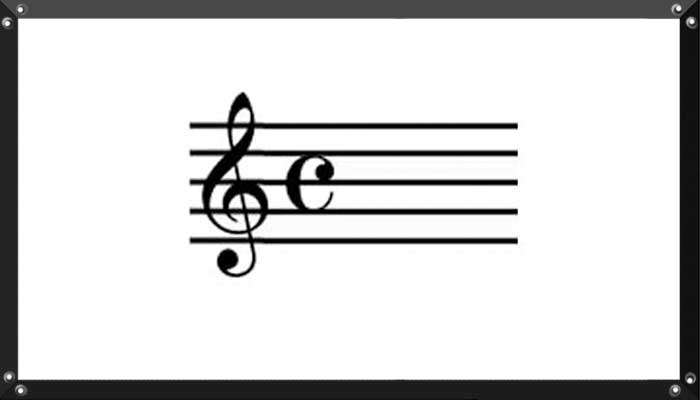
This symbol represents 4/4 time. It derives from the broken circle that represented "imperfect" duple meter in fourteenth-century mensural time signatures.
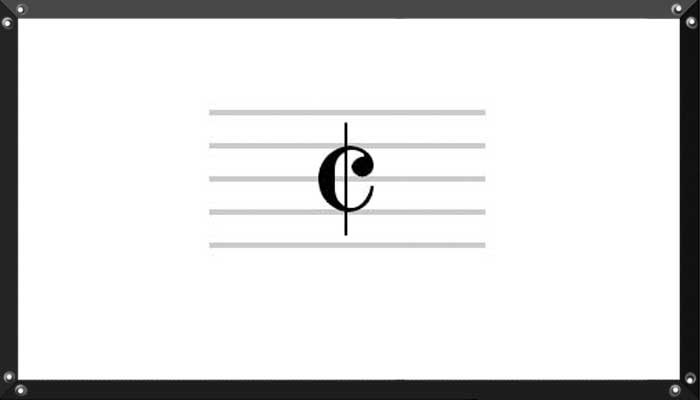
This symbol represents 2/2 time, indicating two minim (or half-note) beats per measure. Here, a crotchet (or quarter note) would get half a beat.
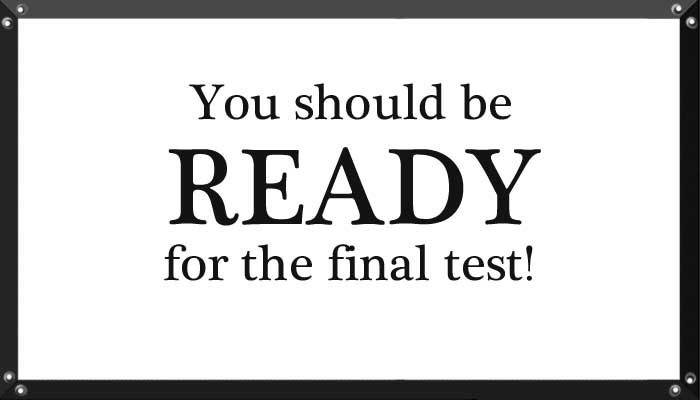
Review of Music Theory 10. Now it's time to have your first Music Theory test. Let's see if you are learning and how much you know.